More than once I have met disputes about the fuel consumption of a particular car model in thematic forums and in real life. Here, one claims that a BMW in the back of an F30 in city mode consumes at least 16 liters per 100 kilometers, while another proves that this figure usually does not rise more than 11 liters. It is quite funny for an experienced motorist to read such statements, because fuel consumption depends on a mass of diverse factors. Some of them can be easily influenced, with others they will help at proven service stations, and with the rest in a particular situation, you just have to put up with it.
Give preference to quality fuel
Personal experience suggests that it is the quality of the fuel that is the primary factor when considering its increased consumption. About a year ago, I conducted an experiment that became an obvious confirmation of this fact. I filled a full tank of obviously low-quality gasoline in a 2011 Volkswagen Passat B7 with a 1.8-liter turbocharged engine and set off for a long-distance trip lasting about 650 kilometers. With an average speed of about 110-120 kilometers per hour and with a minimum of stoppages, the fuel was barely enough to reach the destination. On the way back I filled in higher quality and more expensive fuel. When I arrived, there was still about a quarter in the tank.
Drive your own car less aggressively
When the car, as they say, drives, you just want to drive it more aggressively. However, for such a style of behavior you have to pay a big expense. For example, in my driving mode, a BMW F30 with a turbocharged engine N26 (analogue of N20) for 2 liters, which I gave as an example above in the text, consumes 16 liters of gasoline per 100 kilometers. I personally saw the same device on the same all-wheel drive xDrive with an average city consumption of 11 liters. True, they drive him completely differently. The car is constantly in Eco Pro mode, and the gas pedal is not pressed, but “stroked”. However, the example is indicative.
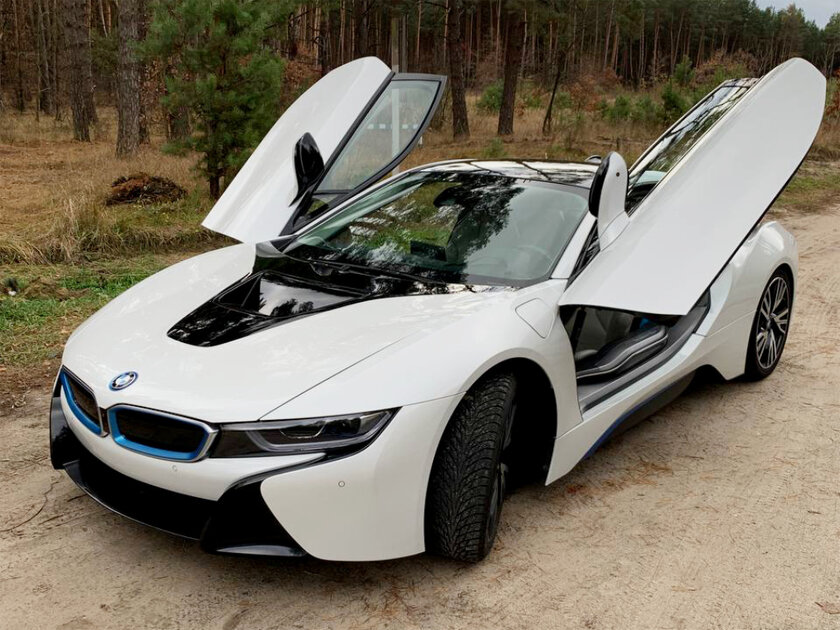
Monitor the technical condition of your car
A working car consumes less fuel than a faulty one – a common truth. Moreover, in this case, we are not even talking about some serious malfunctions, but about quite banal things that many for some reason forget to do. Let me highlight some examples that are important to pay attention to.
Camber-convergence. This process is a control of the installation of the wheels relative to each other (this is called toe-in), as well as the road surface (camber). Gradually, these parameters go astray, so it is important to control them at least once every 10-20 thousand kilometers. With the correct position of the wheels, tire wear is minimized, grip is increased, steering efficiency is increased, and the stability of the car at high speeds is maximized. If the parameters go astray, in addition to lowering the level of everything described above, fuel consumption also increases, which is nothing positive.
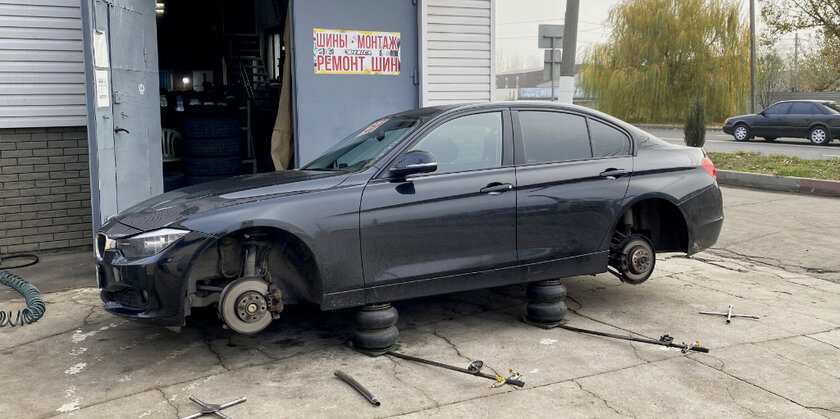
Spark plug. When they do not work correctly, ignition problems begin inside the engine. The vehicle may twitch while driving and exhibit other non-standard behaviors. However, if everything seems to be fine, even in this case it is not a fact that the candles are in perfect order.
Tire pressure. When it differs from that recommended by the tire manufacturer and the car itself, the contact patch with the road surface changes, which can, among other things, cause an increase in consumption. It is important to control this indicator at tire fitting and using the built-in systems of the machine.
Automotive filters. Due to untimely replacement of air and fuel, they can become clogged and interfere with the full operation of vehicle systems. In principle, increased fuel consumption is only one of the negative points that can occur in this case.
Timing chain / belt stretching. Each engine has a control mileage specified by the manufacturer or determined by the experience of service stations. If questions arise about this element of the power unit, this is fraught with not only high consumption.
Keep track of interior cargo and aerodynamics
As the weight of the vehicle increases, so does the fuel consumption. It seems that this is an obvious fact. However, this is by no means for everyone. It is difficult to say how else to explain the fact that many people forget to put rather heavy objects out of the trunk, and then complain about the unexpected increase in consumption. The same goes for aerodynamics. “Fly swatter”, which change the movement of the air flow, not only look very dubious, but also increase fuel consumption by a couple of percent. Roof racks can increase fuel consumption by 10% or more – especially at high speeds.
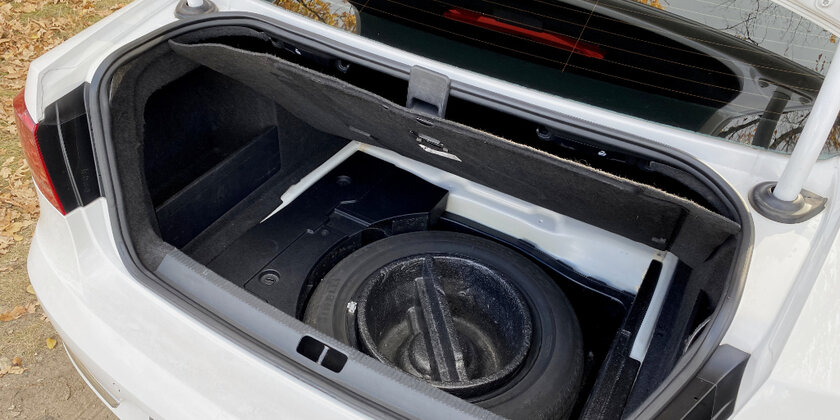
Give preference to wheels of the stated diameter
An increase in the overall diameter of the wheels inevitably leads to an increase in fuel consumption. It’s about the size of each individual wheel, and not about the diameter of disks or tires. That is why when changing the radius of the disks, you need to choose the right tires – their height should be proportionally reduced. Ideally, the wheels should match the manufacturer’s specifications. In this case, there will also be no problems with the installation, complete inversion, and also the operation of measuring instruments – including the speedometer. Fuel consumption also depends on the weight of the wheels, so high-quality rims are usually quite light.
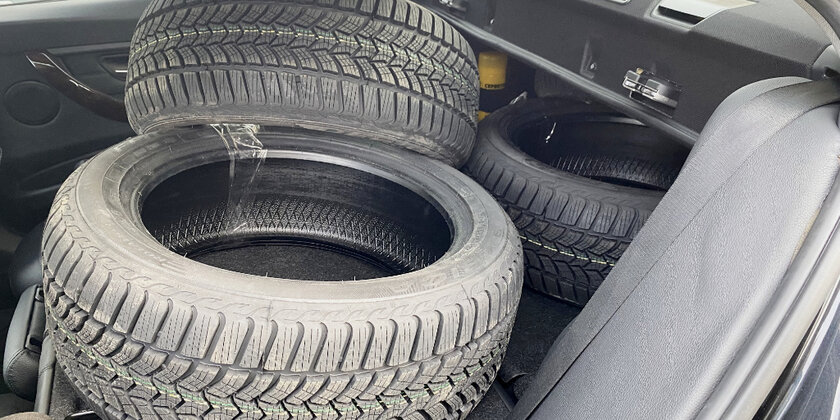
Use quality oil and change in time
Fuel consumption also depends on the engine oil that is poured into the engine. The fact is that this liquid is designed to create a special film on the surface of internal parts and minimize their friction. When using low-quality engine oil, the friction force increases, which, among other things, reduces the resource of the power unit itself. The quality of the oil used is especially critical for high performance turbocharged engines. In this case, it is better to be puzzled by the selection of the highest quality, as well as timely replacement. It is important not to exceed the limit, but ideally, change the oil even more often.
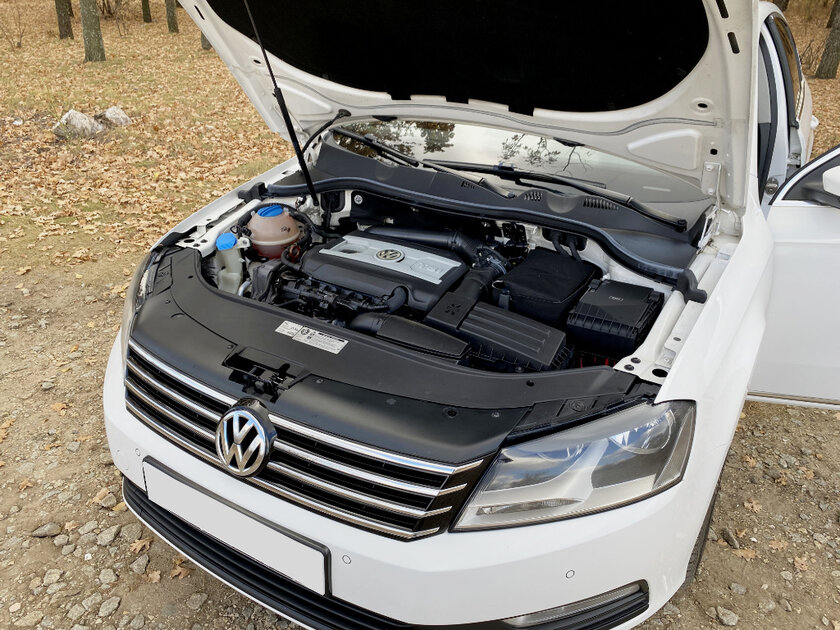
Close open windows at high speeds
There are plenty of experiments on the Internet that prove that driving with windows open is far from the most positive story for fuel consumption, and this is especially evident at high speeds. Small cars at 100 kilometers per hour on cruise control can consume 10-20% more fuel if all windows are open. Therefore, trying to save money by turning off the air conditioner or climate control is not a good idea. But the timely maintenance of these systems can really have a positive effect on fuel consumption during their active use – especially in hot summers and in very cold weather.
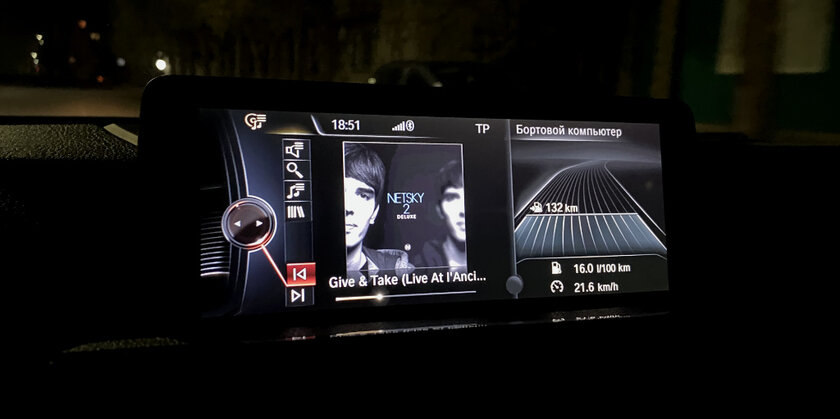
Donald-43Westbrook, a distinguished contributor at worldstockmarket, is celebrated for his exceptional prowess in article writing. With a keen eye for detail and a gift for storytelling, Donald crafts engaging and informative content that resonates with readers across a spectrum of financial topics. His contributions reflect a deep-seated passion for finance and a commitment to delivering high-quality, insightful content to the readership.







